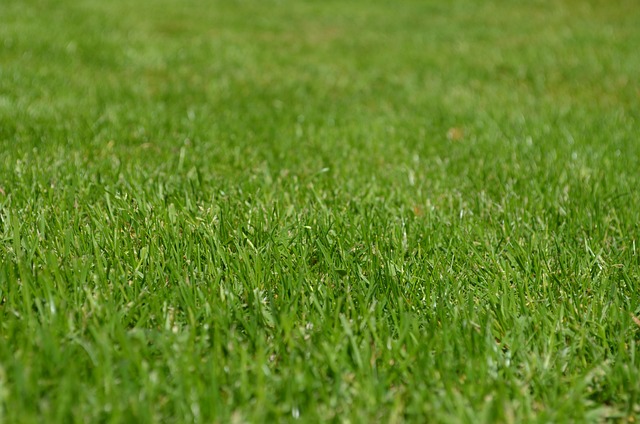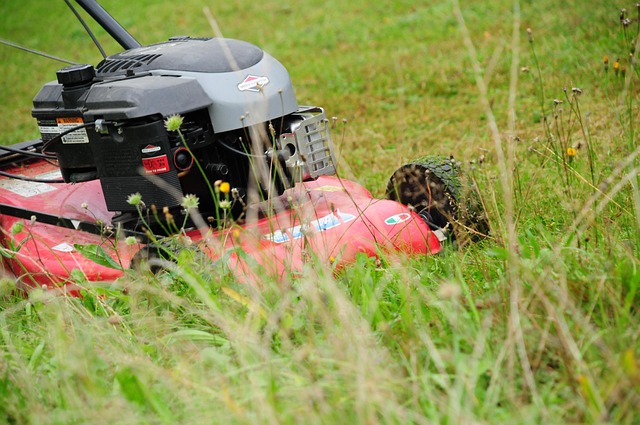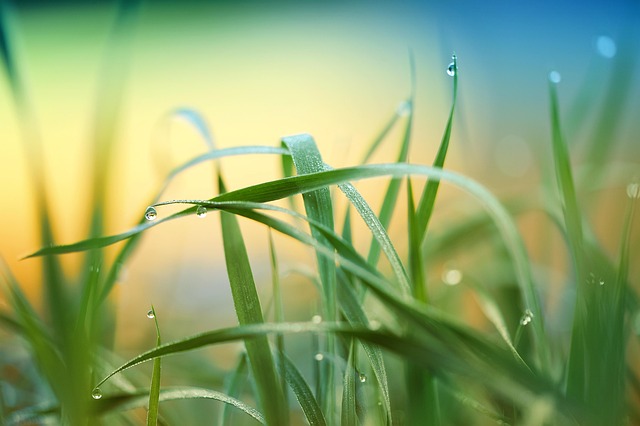Identifying lawn fungus in Colorado Springs is crucial for effective nutrient enrichment programs. Common fungi include Fusarium, Aspergillus, and Pythium, each with distinct symptoms, flourishing in warm, moist summers. Accurate identification allows targeted treatments like fungicides or aeration, promoting grass health and natural immunity. Strategize with regular soil testing, balanced fertilization, deep watering, sunlight, proper mowing, and clippings removal for a vibrant, disease-resistant lawn in Colorado Springs' unique climate. Early detection and proactive care are key to managing lawn fungus.
In Colorado Springs, maintaining a lush lawn is an ongoing challenge due to various environmental factors. One of the most effective ways to achieve this is through nutrient enrichment programs. However, before implementing these strategies, it’s crucial to recognize and identify lawn fungus, especially with Colorado’s unique climate. This article guides you through recognizing common types and symptoms of lawn fungus in the region and offers practical tips for implementing a nutritional enrichment program to ensure your lawn’s long-term health and beauty.
- Recognizing Lawn Fungus: Common Types and Symptoms in Colorado Springs
- Implementing a Nutritional Enrichment Program for Healthy Grass
- Maintaining Your Colorado Springs Lawn: Tips for Long-Term Health and Beauty
Recognizing Lawn Fungus: Common Types and Symptoms in Colorado Springs

In Colorado Springs, identifying lawn fungus is a crucial step for effective nutrient enrichment programs. Common types include Fusarium, Aspergillus, and Pythium, each with distinct symptoms. Fusarium often manifests as yellow or brown patches in the grass, while Aspergillus can cause white or gray mold. Pythium is known for producing slimy, water-logged areas on the lawn. These fungi thrive in specific conditions, such as warm temperatures and high moisture levels, common during Colorado’s summers.
Properly identifying these fungi is essential because different types require unique treatment approaches. For instance, Fusarium may be addressed with fungicides or improved drainage, whereas Aspergillus might call for aeration to enhance air circulation. Understanding the specific fungus allows for targeted nutrient enrichment strategies, ensuring that lawn care programs are both effective and environmentally responsible.
Implementing a Nutritional Enrichment Program for Healthy Grass

Implementing a Nutritional Enrichment Program for Healthy Grass
In the vibrant landscape of Colorado Springs, maintaining a lush and healthy lawn is a top priority for many homeowners. However, achieving this beauty requires a keen eye for identifying lawn fungus, which can be prevalent in the region’s unique climate. The first step towards a robust grass ecosystem is recognizing signs of fungal infections, such as discolored patches, wilting, or thick web-like structures. Once identified, implementing a nutritional enrichment program becomes crucial to restore and maintain lawn health.
By enriching the soil with the right balance of nutrients, these programs provide essential elements that foster grass growth while strengthening its natural resistance to fungal attacks. This proactive approach involves regularly testing soil samples to determine nutrient levels and adjusting fertilization accordingly. With proper care, Colorado Springs residents can enjoy a vibrant, healthy lawn that stands strong against potential fungus outbreaks, creating a beautiful outdoor space for all to appreciate.
Maintaining Your Colorado Springs Lawn: Tips for Long-Term Health and Beauty

Maintaining a lush, healthy lawn in Colorado Springs requires a balanced approach that includes proper nurturing and regular care. One common challenge residents face is identifying and addressing lawn fungus, which can negatively impact both aesthetics and grass health. Knowing how to spot signs of fungal infections, such as discolored patches or thinning grass, is crucial for timely intervention.
To ensure long-term lawn health, consider implementing a nutrient enrichment program tailored to the specific needs of Colorado’s climate and soil conditions. Balanced fertilization, coupled with regular deep watering and adequate sunlight, helps strengthen the grass against fungal invaders. Additionally, maintaining proper mowing heights and removing dead grass clippings can significantly reduce the risk of fungus spread. By following these tips, you’ll foster a vibrant, disease-resistant lawn that thrives in Colorado Springs’ unique environment.
In conclusion, maintaining a lush and vibrant lawn in Colorado Springs involves a comprehensive understanding of lawn fungus identification and implementing effective nutrient enrichment programs. By recognizing common types and symptoms of fungal infections, homeowners can take proactive steps to ensure their grass receives the necessary nutrients for long-term health and beauty. A well-designed nutritional enrichment program, combined with proper maintenance tips, will create a robust and resilient lawn that thrives in the local climate. Remember, addressing lawn fungus early is key to preventing widespread damage and ensuring your outdoor space remains the envy of the neighborhood.
